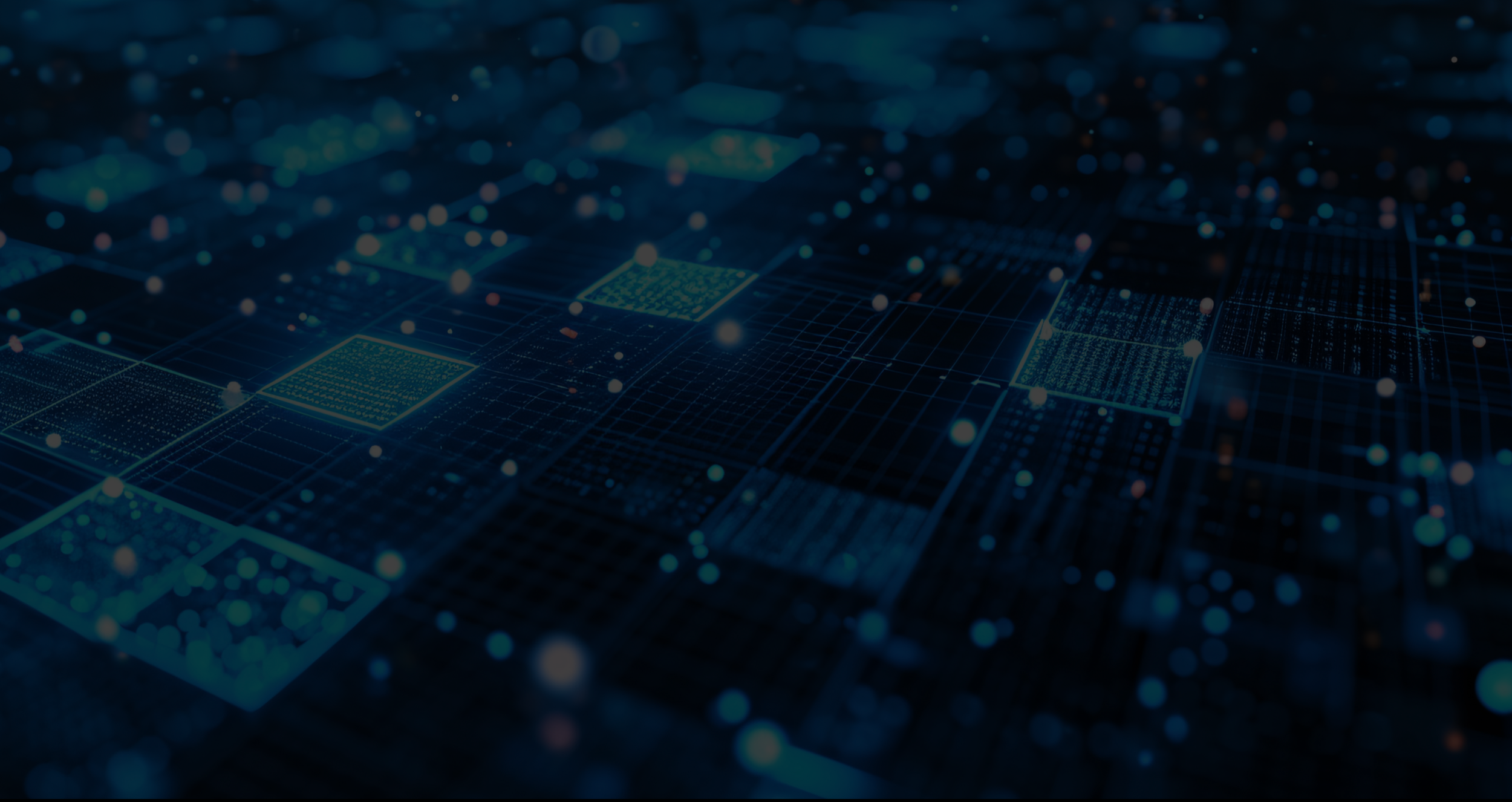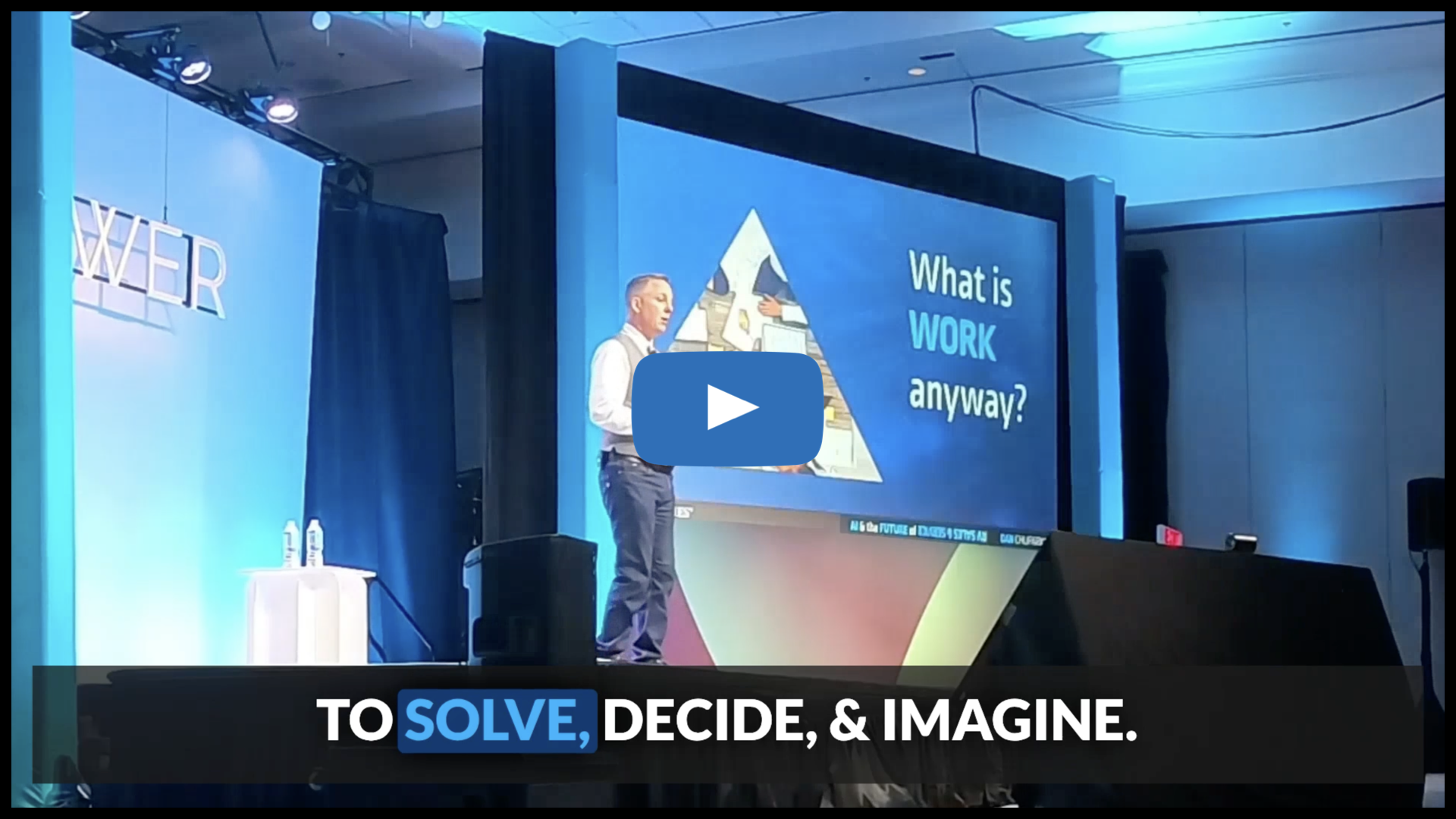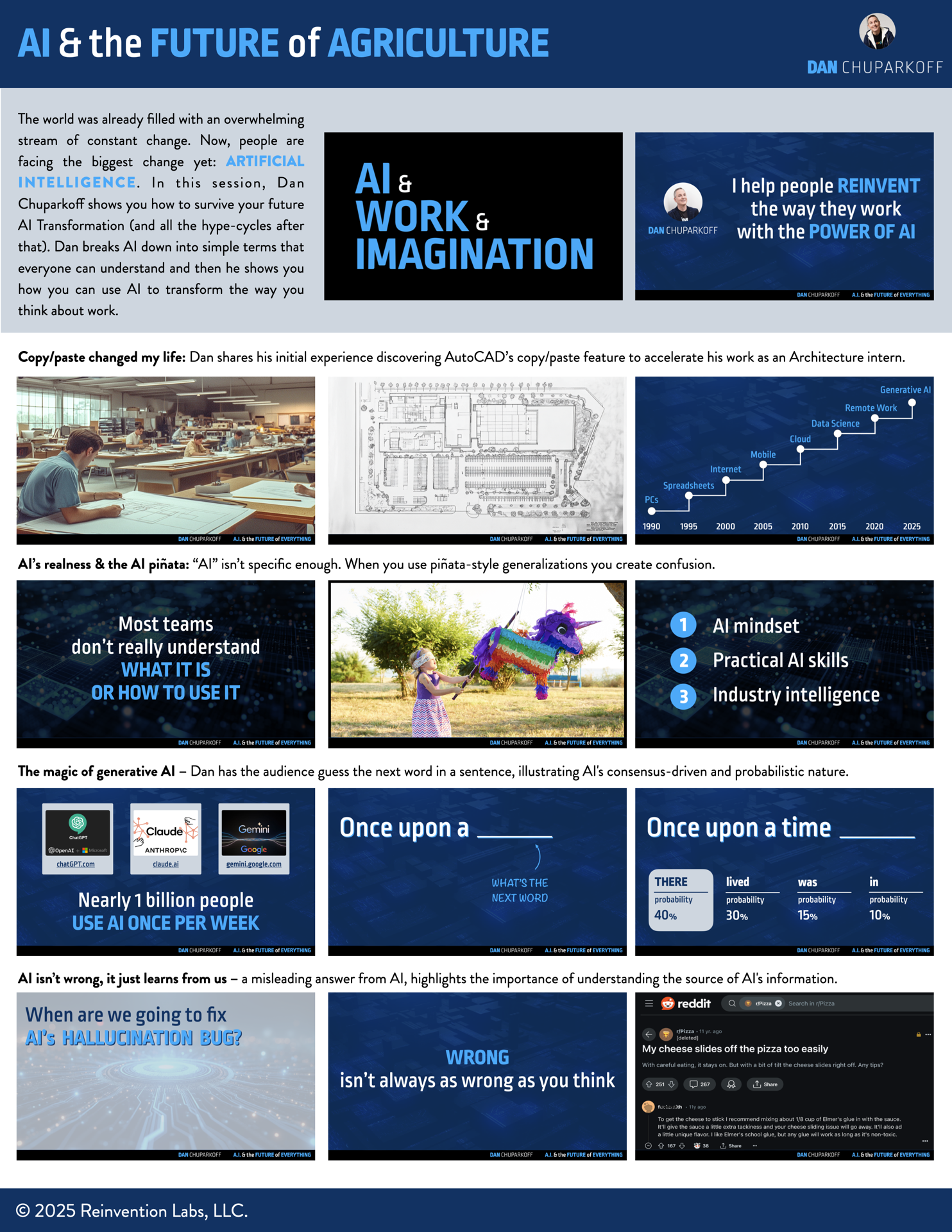AgWest Nov 2025:
AI & the Future of Agriculture
Hello my new AgWest friends, colleagues, & partners!
AI took notes for me as I presented the AI & the Future of Agriculture keynote. Then, AI turned those notes into a song! Here it is. Your specific AI notes and the key slides are also here, so that you can try some of those prompts on your own.
On this page, you will find:
– the custom AI GENERATED SONG based on the AI keynote (& it’s actually good!)
– the AI NOTES from our talk transcribed by Otter.ai
– a downloadable PDF SUMMARY of the most important slides
Please let us know how we can be helpful in the future!
Dan
Dan Chuparkoff
A.I. & Innovation Keynote Speaker
CEO, Reinvention Labs
Former Technology Leader from
Google, McKinsey, & Atlassian

Listen to the
AI KEYNOTE SONG
The easiest way to review or share some of the key points of my AI & the Future of Everything Keynote is to listen to or share this song. My goal is to have you and everyone on your team singing, “We will always need people to solve, decide, & imagine.” and if this song helps to make that possible, then AI has, in fact, helped me to do my job better!!
PDF SUMMARY of key slides
This “Slide Cheatsheet” was customized for your specific talk. It’s designed to help audience-members like you, by wrapping my AI & the Future of Everything keynote into an easy-to-skim, easy-to-share, or easy-to-print resource for future reference.
Download the 3 page
high-resolution PDF here:
Hope you find it helpful!
AI NOTES from Dan’s AI Keynote
*These notes were created automatically by Otter.ai. Transcription errors or mistakes have not been fixed in order to demonstrate the current state of AI notes.
Summary
Dan Chuparkoff, an AI and innovation expert, discussed the transformative impact of AI on various industries, particularly agriculture. He highlighted the potential of AI in tasks like pest and disease diagnostics, crop planning, and precision irrigation. Chuparkoff emphasized that AI can assist in repetitive tasks, freeing up time for higher-level problem-solving and decision-making. He noted that AI tools like ChatGPT and Copilot are democratizing access to sophisticated machine learning, making it accessible even to non-experts. Chuparkoff also stressed the importance of human oversight in AI-generated outputs to ensure accuracy and reliability.
Action Items
[ ] @Dan Chuparkoff - Ask ChatGPT for one new AI application to try each morning.
[ ] Explore using AI-powered meeting note-taking and transcription tools.
[ ] Investigate real-time language translation capabilities for global collaboration.
Outline
Introduction of Dan Chuparkoff
Speaker 1 introduces Dan Chuparkoff as a trailblazer with over 30 years of experience in innovation at Google and McKinsey.
Speaker 2 describes Dan as the "understandable technology speaker" who simplifies complex concepts.
Speaker 3 highlights Dan's ability to captivate audiences from the Fortune 100 to South by Southwest.
Speaker 4 emphasizes Dan's mission to ignite imagination about the new era of AI.
AI's Impact on Work and Industry
Dan Chuparkoff begins by noting that the introductory videos were AI-generated using a new product called Sora.
He explains that AI will help solve problems faster, decide with confidence, and imagine a better future for agriculture.
Dan clarifies that AI cannot solve problems, decide, or imagine on its own but can create more time for humans to do so.
He shares his journey in technology, starting from his teenage years in a trailer park in Tampa, Florida, to leading a team at Google with almost 4 billion users.
The Evolution of Technology and AI
Dan recounts his experience in high school as part of a Co-op program, where he learned to draw parking lot lines.
He describes meeting Mr. Pock, an architect who used AutoCAD, which revolutionized his work by allowing him to draw lines much faster.
Dan explains the concept of technology assistance and how it has evolved over the years, from PCs and spreadsheets to the internet and cloud computing.
He introduces generative AI as the next step in technological advancement, comparing it to the "copy and paste" moment in the past.
Understanding AI's Capabilities and Limitations
Dan discusses the common misconception that AI is a search engine and explains that it generates new information based on pre-trained data.
He highlights the importance of understanding AI's limitations, such as the outdated nature of its training data.
Dan introduces the major AI tools in the market, including ChatGPT, Copilot, Claude, and Gemini, and their specific uses.
He emphasizes the need for practical AI skills and industry intelligence to leverage AI effectively.
AI's Role in Agriculture and Industry
Dan uses AI to generate a list of 10 ways AI can help in agriculture, including pest and disease diagnostics, crop planning, and precision irrigation.
He explains how AI can provide real-time intelligence systems for decision-making in agriculture.
Dan encourages the audience to ask AI specific questions and use it as a Sherpa to guide them through the AI journey.
He highlights the importance of leveraging AI to handle repetitive tasks, freeing up time for higher-level problem-solving and decision-making.
AI's Impact on Communication and Collaboration
Dan discusses how AI can improve communication by generating meeting notes and providing real-time translations.
He shares his experience using Otter for note-taking and how it has revolutionized his work.
Dan introduces the concept of AI as an intern, emphasizing the need for humans to guide and review AI's work.
He explains the ethical responsibility of ensuring AI's output is as good as if humans did it themselves.
AI's Potential to Enhance Work Efficiency
Dan explains the hierarchy of human expertise, highlighting the importance of problem-solving, decision-making, and imagination in human work.
He discusses how AI can handle repetitive tasks, freeing up time for humans to focus on higher-level work.
Dan emphasizes the need for humans to continue solving problems, making decisions, and imagining new possibilities.
He introduces the concept of AI as a co-pilot, likening it to an intern who needs guidance and review to improve.
AI's Role in Global Collaboration
Dan highlights the importance of AI in enabling global collaboration by providing real-time translation services.
He shares his experience using Hey Jen for translation and the potential of Apple's new air pods for real-time translation.
Dan emphasizes the need for humans to adapt to new technologies to stay competitive in a global market.
He discusses the potential of AI to revolutionize collaboration and communication in the future.
Conclusion and Future of AI
Dan concludes by reiterating the importance of humans solving problems, making decisions, and imagining new possibilities.
He emphasizes the need for humans to guide and review AI's work to ensure quality and accuracy.
Dan highlights the potential of AI to enhance work efficiency and improve collaboration in various industries.
He encourages the audience to embrace AI as a tool to help them achieve their goals and stay ahead in the future.



